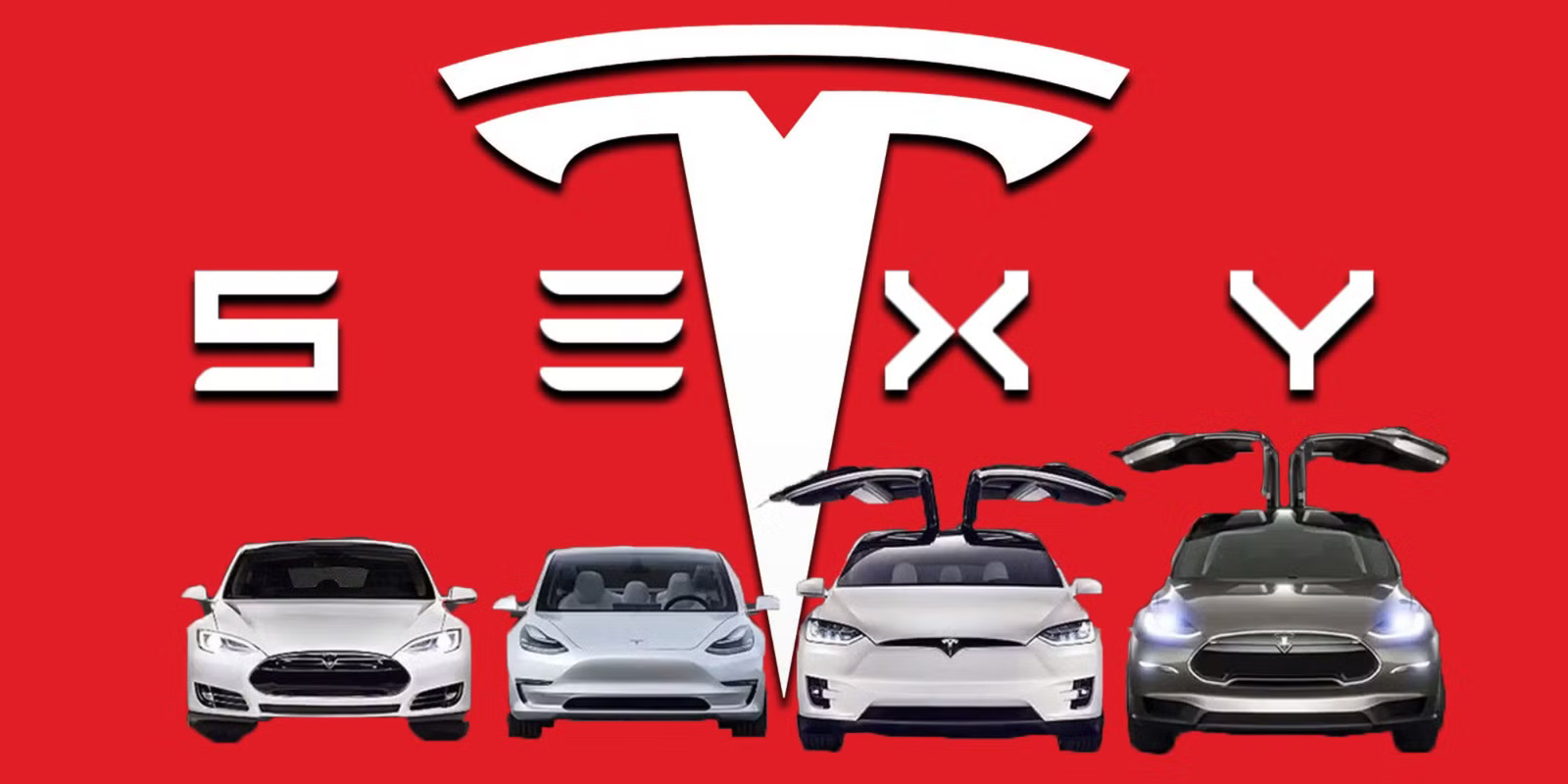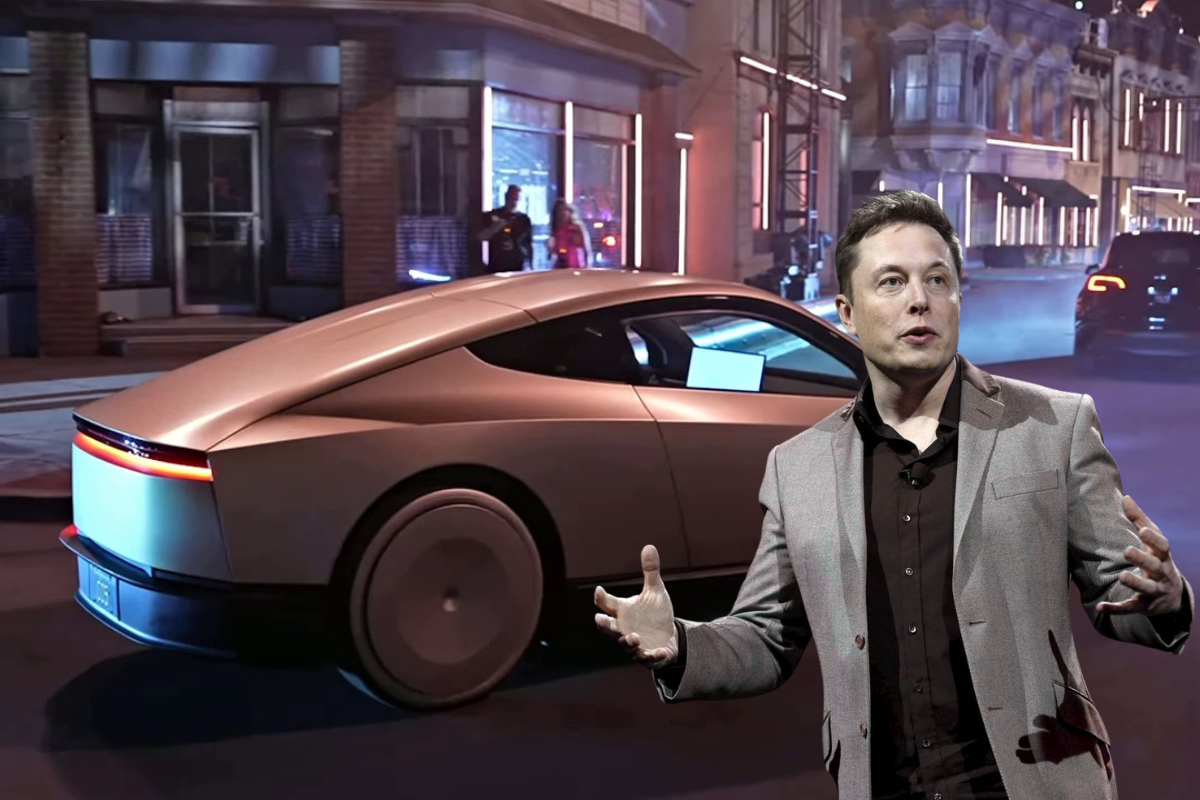Tesla Tariff Impact: When Trade Politics Derail EV Innovation
The Tesla Tariff Impact is becoming a serious roadblock to next-gen electric vehicle innovation—not due to technical failures or competition, but due to escalating global trade tensions.The Tesla Tariff Impact—sparked by recent changes in trade policy—has thrown a wrench into the company’s ambitious timeline for its highly anticipated Cybercab and Semi Truck models. The spike in tariffs, particularly on Chinese imports, has disrupted Tesla’s supply chain and cast doubt on its production roadmap. For more background on this issue, see our in-depth analysis of Tesla’s Tariff Challenges. To understand what this means for the broader industry, read The Future of Electric Vehicles.
Originally set for a late 2025 launch, both projects are now delayed beyond 2026 due to a sharp tariff increase on Chinese imports, introduced by former President Trump. Given Tesla’s significant reliance on Chinese suppliers for critical EV components, this policy move has triggered a cascade of disruptions across its supply chain.
“Tariffs are the new oil crisis—choking supply chains and stalling innovation.” — Global Trade Analyst
✅Original Tariff: 34%
✅Final Tariff After Hike: 145%
✅Affected Models: Cybercab (Texas), Semi Truck (Nevada)
✅New Production Timeline: Delayed beyond 2026

Tesla Tariff Impact Sparks Cost Shock and Immediate Fallout
Tesla initially intended to absorb the original 34% tariff without major disruptions, but the Tesla Tariff Impact escalated far beyond expectations, forcing production delays and cost recalculations. But when the rate skyrocketed to 145%, the financial pressure became unsustainable. This forced Tesla to:
“This isn’t just about EVs—it’s about the future of innovation being held hostage by politics.” — Supply Chain Expert
✅Delay essential component shipments from China
✅Pause trial production scheduled for October
✅Reassess its global logistics and sourcing strategies
Tesla Tariff Impact and the Great Supply Chain Recalibration
Tesla has long depended on Chinese manufacturers for advanced EV parts like battery modules, electronic chips, and thermal systems. These suppliers provided the cost-efficiency and quality needed to drive Tesla’s innovation-led strategy. But escalating trade tensions have now upended this long-standing relationship.

“You can’t grow a global company with domestic-only roots. Innovation needs connection.” — Elon Musk (via X)
Tesla’s Response: Shifting to North American Suppliers
Since 2022, Tesla has diversified its supplier network across the U.S., Mexico, and Canada. This move is part of a larger plan to:
✅Minimize tariff exposure
✅Strengthen regional supply chain resilience
✅Support local manufacturing ecosystems
⚠️ The Catch? Transition Isn’t Easy
Tesla faces major challenges in replacing high-performance Chinese components:
✅Custom-engineered parts require new R&D investment
✅Regulatory recertification and quality testing take time
✅New domestic suppliers may struggle to match efficiency and scale
Cybercab and Semi: Tesla’s Vision on Pause
The Cybercab, Tesla’s sub-$30,000 autonomous vehicle, was positioned to redefine personal transport. With no steering wheel and next-gen AI systems, it symbolized Tesla’s bold vision of the driverless future.
Meanwhile, the Tesla Semi was engineered to disrupt the freight sector—offering zero emissions, lower operating costs, and commercial clients like Pepsi ready to go.
Both vehicles were scheduled for mass production in 2026. But the tariff shock has halted progress indefinitely.

“Tesla was building a clean, electric, and autonomous future—until duties disrupted everything.” — Industry Insider
Projects Collide With Political Realities
✅Cybercab Production Site: Gigafactory Texas
✅Semi Truck Production Site: Gigafactory Nevada
✅Launch Milestones: Originally late 2025 → now on indefinite hold
✅Investor Impact: Rising concerns over missed targets and unstable timelines
Elon Musk had meticulously mapped out Tesla’s production schedule to scale in both the consumer and commercial EV segments. However, the sudden disruption to component availability has left those projections in doubt.
🇺🇸🆚🇨🇳 Politics, Profits & Public Sentiment
Ironically, the tariffs designed to protect American manufacturing have wounded one of its most iconic innovators. Tesla—an emblem of U.S. ingenuity—is now facing stalled production and uncertain launch dates due to policies meant to strengthen domestic industry.
“Trade wars have no winners—only industries forced into pause mode.” — Former U.S. Trade Envoy
🌍 Global Fallout: China Hits Back
In retaliation, China imposed a 125% import tax on U.S. vehicles. Tesla responded by:
- Halting new orders for the Model S and Model X in China
- Pausing international expansion plans
- Reevaluating global growth strategy
These once-flagship vehicles played a crucial role in Tesla’s premium market presence overseas. Now, they’ve become collateral damage in a tit-for-tat economic conflict.Tesla’s global operations—once a model of borderless innovation—are increasingly vulnerable to geopolitical headwinds. As economic nationalism rises, the company must walk a tightrope between localization and its global vision.
🌍 Global Fallout: China Hits Back
What was once a seamless road toward EV leadership is now tangled in the complexities of trade politics. While Tesla is resilient and resourceful, the current climate threatens to undermine its ability to deliver on its boldest ambitions.
Whether Tesla can weather the Tesla Tariff Impact and overcome these economic headwinds will shape the future of not just the company—but the entire electric vehicle industry.





